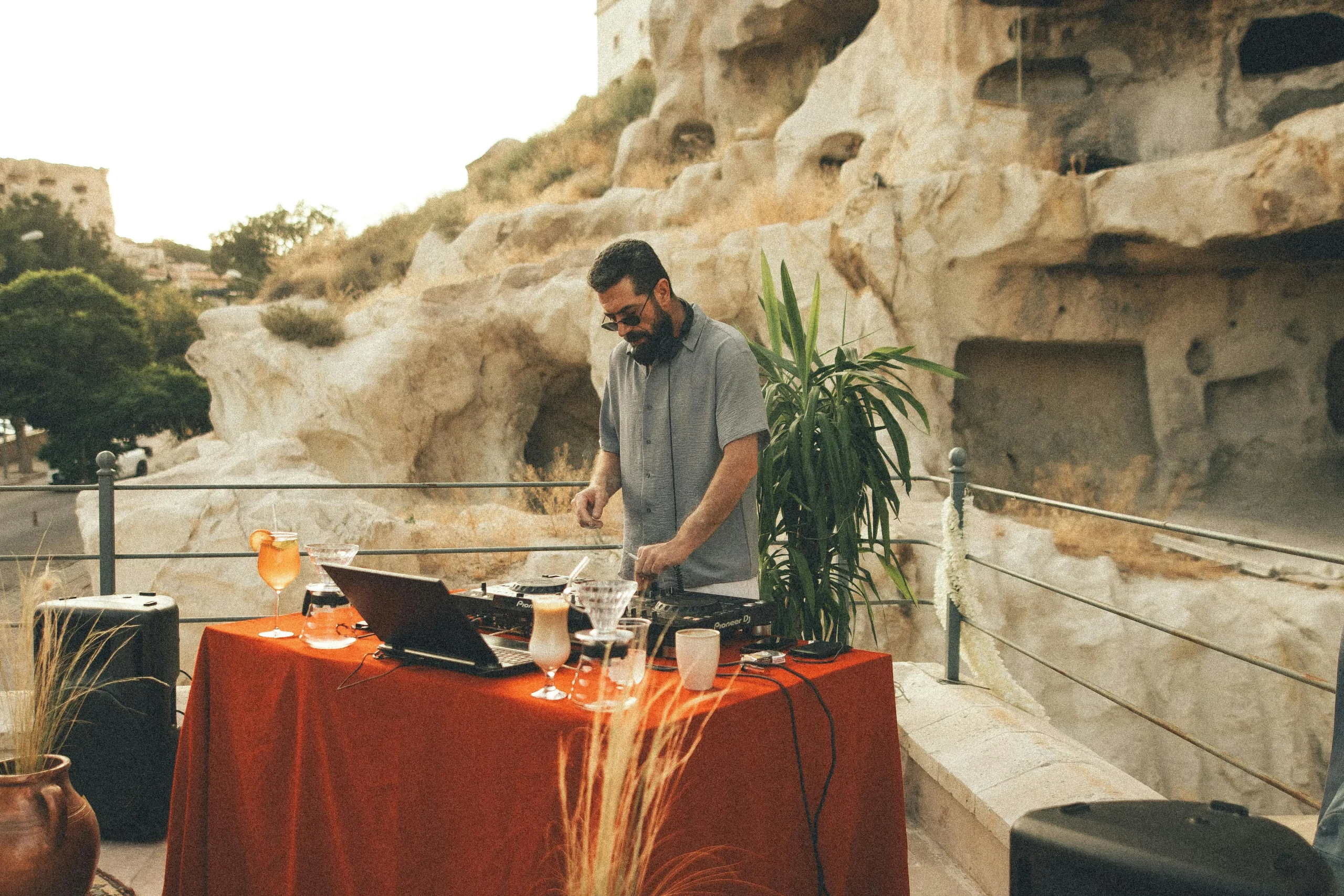When the final notes from Big Thief’s guitars faded into the warm July night, the MAHA Festival came to a close. Thousands of fans streamed out of Stinson Park, their ears ringing with music, their minds full of memories. But what they left behind—and what the festival imparted on the city of Omaha—was far more lasting than the temporary footprint of a weekend concert. MAHA has always positioned itself as something more than a music festival; it is a non-profit organization with a mission to enrich the community. In 2023, a year that saw the festival roar back to its full potential, its impact on Omaha’s culture, economy, and identity was more profound than ever. It was a year that powerfully demonstrated how a well-executed cultural event can become a vital engine for community growth.
At its core, MAHA operates with a different ethos than most for-profit festivals. As a 501(c)(3) non-profit, its primary goal isn’t to generate massive returns for shareholders, but to create a sustainable event that invests back into its own ecosystem. This philosophy was visible everywhere. The most direct impact is, of course, economic. The festival drew thousands of visitors from across the region and the country, all of whom needed places to stay, eat, and shop. Hotels in the Aksarben area and beyond saw a surge in bookings. Local restaurants, bars, and coffee shops enjoyed a significant uptick in business as festival-goers explored the city before and after the event. This infusion of cash is a vital boost for small businesses, but MAHA’s economic influence runs deeper. The festival prioritizes local vendors for everything from food service and craft beer to security and production, keeping a substantial portion of its operational budget within the local economy. This creates a ripple effect, supporting jobs and showcasing the quality of Omaha’s homegrown enterprises to a wider audience.
Beyond the dollars and cents, MAHA played a crucial role in shaping Omaha’s cultural identity. For a city in the heart of the country, hosting a festival with a lineup as critically acclaimed and nationally recognized as 2023’s is a powerful statement. Featuring Grammy-nominated headliners like Turnstile and indie darlings like Big Thief and Alvvays places Omaha firmly on the map as a key destination for contemporary music. It fights the outdated “flyover country” narrative, proving that world-class cultural experiences thrive in the Midwest. This boosts civic pride and helps attract and retain a creative workforce that values a vibrant arts scene. Young professionals and artists see Omaha not just as a place to work, but as a place to live a culturally rich life.
Furthermore, the festival is a crucial platform for local talent. The inclusion of Omaha’s own J. Crum & The Daj Crew on the main stage lineup wasn’t just a token gesture; it was an invaluable opportunity. It allowed a local hip-hop act to perform with top-tier production for an audience of thousands, many of whom may have been unfamiliar with their work. This kind of exposure is career-altering for emerging artists, giving them a bigger platform and validating the quality of the local music scene. By placing local artists on the same bill as national headliners, MAHA sends a clear message: the talent in Omaha belongs on the big stage.
The “community” aspect of the festival was most tangible in the Community Village. In 2023, this dedicated space featured booths from a diverse array of local non-profits and social causes. It was a space for connection and education. Attendees could learn about voter registration from the League of Women Voters, discover mental health resources, or engage with environmental groups about sustainability. This integration of civic engagement into a music festival is unique. It leverages the gathering of thousands of people to foster social awareness and encourage volunteerism, turning a weekend of entertainment into an opportunity for positive social impact. The festival’s own commitment to sustainability, with its highly visible recycling programs and free water refill stations, further modeled this responsible community ethos.
Finally, the intangible impact of MAHA on the social fabric of Omaha cannot be overstated. In a world that can feel increasingly divided, the festival created a space of profound unity. For two days, thousands of people from different backgrounds, ages, and belief systems stood side-by-side, connected by a shared love for live music. The communal joy of singing along with Alvvays, the collective release of energy in the Turnstile pit, and the shared quiet reverence during a Big Thief ballad—these moments build powerful, positive memories. They foster a sense of belonging and shared identity. MAHA was more than a series of concerts; it was a large-scale community gathering that strengthened social bonds and created a more connected city. It proved that music isn’t just an art form, but a powerful tool for building a better, more vibrant, and more unified community.


Leave a Reply